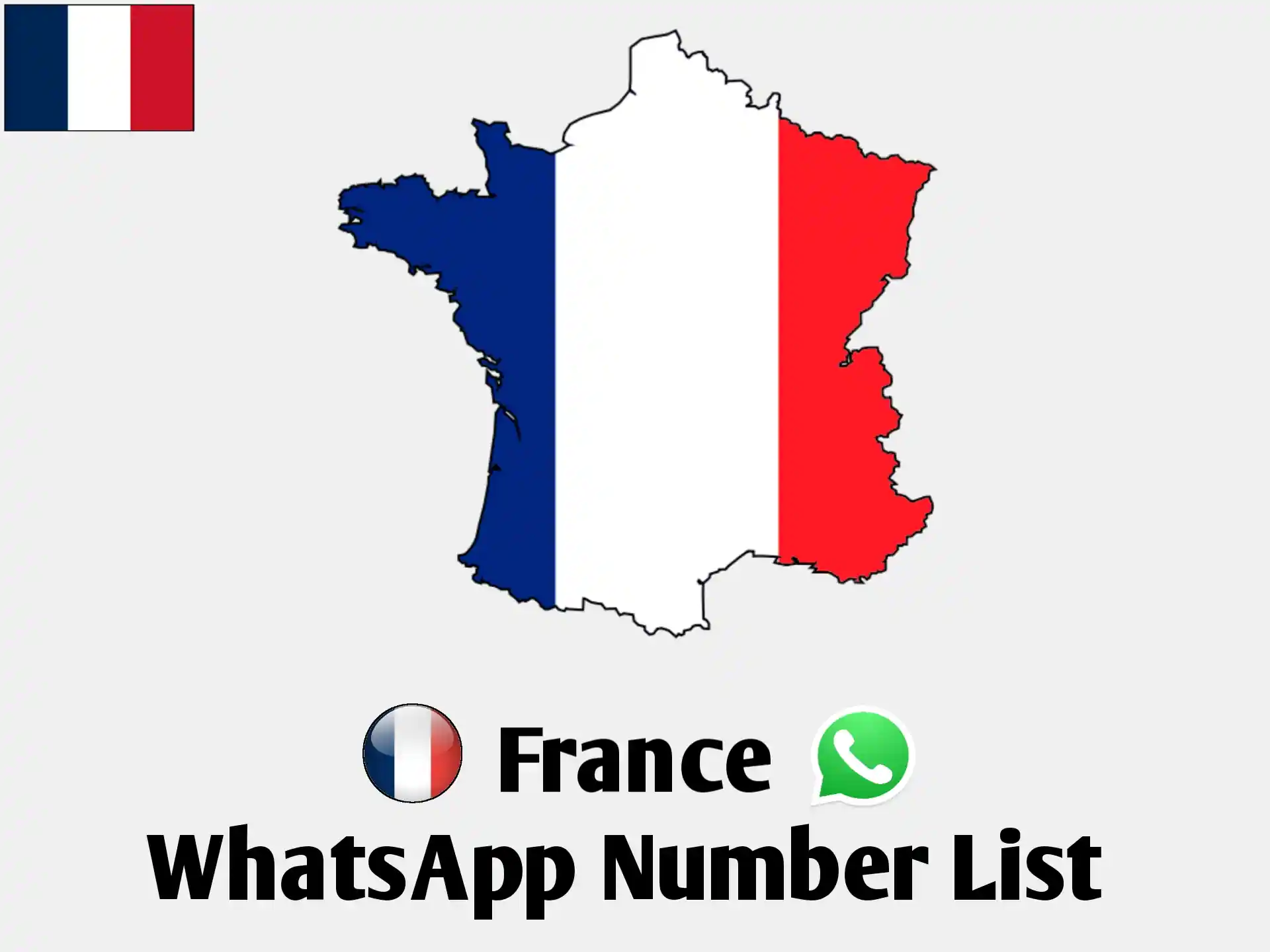Faceted navigation is nothing more than the popular filters that can be found in many online stores. They allow you to filter products with regard to specific properties. Thanks to this, the user can narrow down the number of displayed products to those that meet the selected characteristics.
Importantly, the available filters can relate not only to the features of the product itself, but also to delivery methods, available payment methods and delivery times.
For example, in the case of the fashion industry, the most common faceted navigation filters are:
Brand - allows you to choose products from a specific manufacturer.
Size – in the case of clothes, S, M, L, XL, XXL, etc. may be available. In the case of shoes, 40, 41, 42, etc.
Color - this option allows you to select all products of a specific color, eg yellow, green or white. In a more advanced version, the faceted navigation can include a division into dominant and secondary colors.
Material. Depending on the product category, it can be, for example: cotton, viscose, polyester, etc.
The options available in faceted navigation need not and should not be limited to product features, but include anything that can influence a purchase decision.
Get Active Data: France WhatsApp Number List

Other filters include:
Delivery method - some users may prefer delivery to the parcel box, others - delivery by courier and others - self-pickup.
Delivery time - if different products have different delivery times, it pays to let the user filter.
Payment method - available payment methods for the product.
An example of faceted navigation can be implemented on the intersport.pl website, which looks like this:
intersport faceted navigation
Faceted navigation and UX
Now that we've introduced faceted navigation, it's time to learn about its impact on UX (User Experience). It is no secret that the offer of the e-shop is one of the key elements that facilitate orientation in the store.
The menu usually contains the most important categories and subcategories, but is limited by the number of categories that should be placed there. A menu with too many items doesn't display well on desktop and may require long scrolling on mobile devices.
On the other hand, we want to give users the opportunity to browse the assortment as precisely as possible. And for this purpose, it would be a good idea to add hundreds, if not thousands of lower-level categories to the menu, which precisely divide the products according to different characteristics. However, such a large number will not look good in any menu, even the best designed one.
To the rescue comes the faceted navigation, which partially replaces the menu functions and enables very precise filtering of products without the need to place many links in the menu.
The standard is that faceted navigation is located on the left side of the website, less often at the top, above the product sheet. By selecting the functions that interest the user, he can browse the assortment narrowed down according to his preferences.
The impact of faceted navigation on the user should be such that he finds the group of products he is interested in more quickly. Additionally, you will be able to browse products that meet certain conditions. This should shorten the purchase journey and result in an increase in conversion rate and, ultimately, an increase in sales.
More INFO: Database Sale